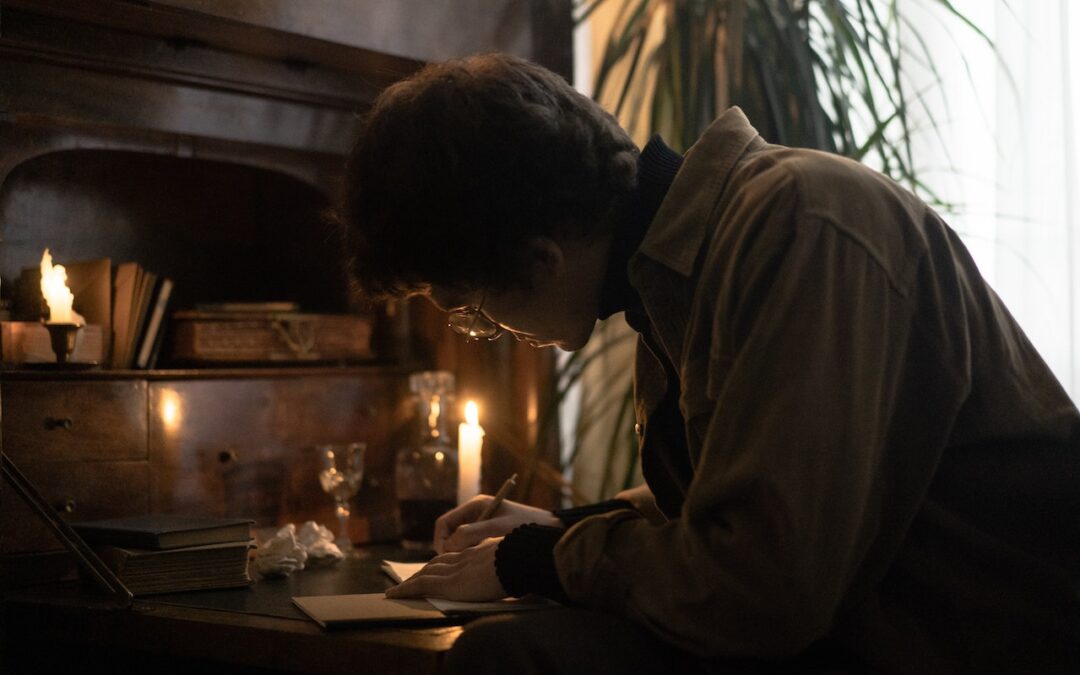In a bustling world, we may feel compelled to work faster and accomplish more. The competition does not sleep, so how dare we? There are problems to solve and opportunities to pursue! Few great accomplishments result without the drive to act. Few successes come to those who move quietly and deliberately. Or so we are often told.
Even so, creativity often comes in quiet and unhurried moments. Consider the experience of Kurt Vonnegut, who composed fourteen novels, five nonfiction books, five plays, and scores of short stories. This prolific author embraced solitude. In a quiet room, he simply thought. And wrote. As Vonnegut reflected, “I just sit and wait to see what’s inside me, and that’s the case for writing or for drawing, and then out it comes.” Ernest Hemingway, who penned seven novels, two nonfiction works, and several short stories, flourished by taking a measured pace. He advised, “Never write too much at a time… Never pump yourself dry. Leave a little for the next day. The main thing is to know when to stop. Don’t wait till you’ve written yourself out. When you’re still going good and you come to an interesting place and you know what’s going to happen next, that’s the time to stop. Then leave it alone and don’t think about it; let your subconscious mind do the work.”
One finds similar mindsets among history’s great visual artists, theoretical physicists, and engineers. Innovators have made transformative advances in the expression of color, conceptualization of the universe, mechanics of engines, and more, all because they paused to observe natural phenomena and gave themselves time to interpret and imagine. How did Albert Einstein make great discoveries? “I think ninety-nine times and find nothing. I stop thinking, swim in the silence, and the truth comes to me.” Ironically, the less mental energy we devote to solving a problem and the more space we give our minds to range freely, the more likely we are to create something great.

